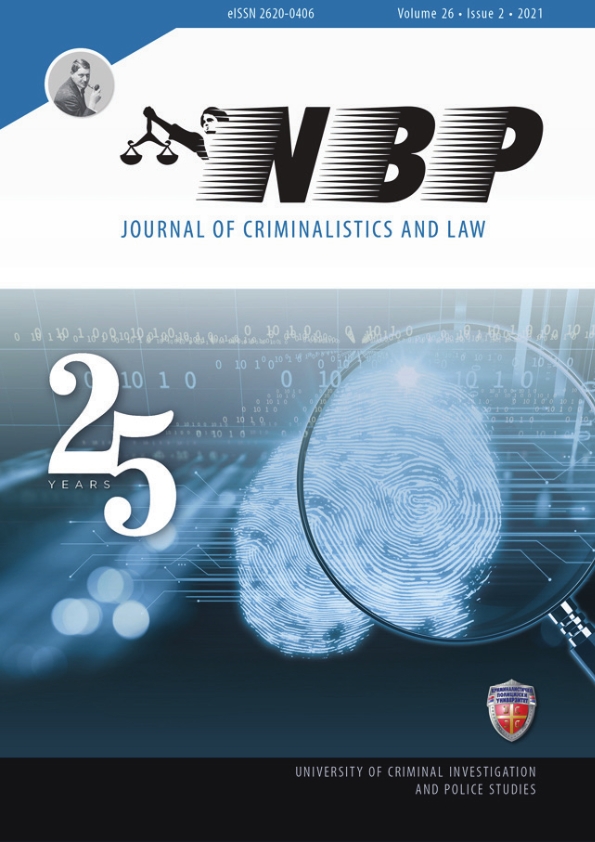Limitations on Freedom of Expression in Practice of the European Court of Human Rights and the Notion of Disinformation
Limitations on Freedom of Expression in Practice of the European Court of Human Rights and the Notion of Disinformation
Author(s): Anđela ĐukanovićSubject(s): Human Rights and Humanitarian Law, Communication studies
Published by: Kriminalističko-policijski univerzitet
Keywords: human rights; disinformation; fake news; the European Court of Human Rights; freedom of expression; pandemic
Summary/Abstract: The phenomenon of disinformation spreading is a well-known phenomenon. The problem has intensified primarily due to advances in technology. In addition, there is an increased desire for additional information in circumstances of uncertainty and crisis. Some states even resorted to vague or too strict laws or derogations of rights in case of public emergency. While examining whether there is a need for interference with freedom of expression, it seems that the European Court of Human Rights does not give special relevance to the term of disinformation. Nevertheless, two key elements of disinformation can be distinguished. Disinformation is tied to the information's veracity and the intent of the information provider. When determining whether an interference with freedom of expression is justified, the European Court of Human Rights gives these elements some weight, along with comprehensive analysis of other relevant factors. Fear from spreading disinformation must not lead the authorities to simply adopt strict and/or vague laws with severe penalties, which might fail to meet the requirements of freedom of expression protection. However, the term of disinformation can have value in policymaking directed at raising the credibility of information in general.
Journal: NBP – Nauka, bezbednost, policija
- Issue Year: 26/2021
- Issue No: 2
- Page Range: 31-42
- Page Count: 12
- Language: English

